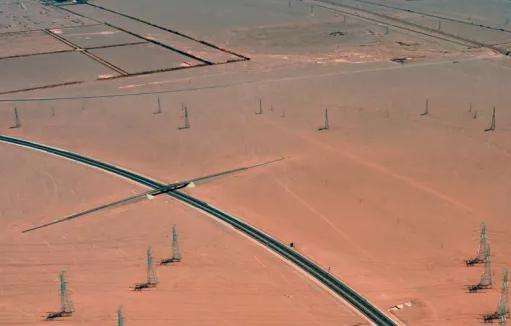Design standards for media filter flow are as follows:
1. Filter materials vary depending on the pH value of the water entering the filter. Water coagulated and clarified using aluminum salts (aluminum sulfate, alum, aluminum chloride, polyaluminum sulfate, polyaluminum chloride) can be filtered with quartz sand and softened by lime precipitation . Water coagulated with iron salts (ferrous sulfate, ferric chloride, polyferric sulfate, polyferric chloride) has a higher pH and can be filtered through marble, dolomite or anthracite.
2. The filter materials used must be subjected to chemical stability tests. Quartz sand and anthracite should be soaked in acidic, neutral and alkaline solutions respectively. . The acidic solution contains 400 mg/L of hydrochloric acid, the neutral solution contains 500 mg/L of sodium chloride and the alkaline solutioncontains 400 mg/L of sodium hydroxide. 10 g of the above filter material has a particle size of 0.5 to 1 mm. , at room temperature (20℃), soak for 24 hours, stir every 4 hours, the increase in total dissolved solids in the soaking solution is <20mg/L and silicon dichloride is <1mg/ L. The quartz sand particle size of single-layer filter material is 0.5-1.2mm, the anthracite particle size of double-layer filter material is 0.8-1.8mm, and quartz sand is 0.5 to 1.2 mm. The particle size of the heavy ore used in the three-layer filter material can be 4-5 gradations, ranging from 0.3-5mm or more.
3. For filter filtration rate, please refer to DL/T5068-1996 “Technical Regulations for Chemical Design of Thermal Power Plants”.
The media filter, also called a media filtration system, is a system that uses media filtrant to remove suspended matter, microorganisms and other fine particles in water, thereby achieving the effect of reducing water turbidity and purifying water quality. . High efficiency filtration equipment. Commonly used filter materials include quartz sand, activated carbon, anthracite, manganese sand, etc. It is widely used in agricultural irrigation, chemical industry, petroleum, metallurgy and other industries.
GB-7231-87 “Superscript identification colors and identification symbols for industrial pipelines”
1 General principles
1.1 In order to unify the coloring of pipelines in chemical enterprises, this regulation is specially formulated to achieve the goal of safety, anti-corrosion, eye-catching, beautiful and renovated.
1.2 This regulation applies to gas and liquid transport pipelines in chemical plants.
1.3 This procedureedure conforms to the principles of national standard GB-7231-87 “Super identification colors and identification symbols of industrial pipes”; the colors adopt the provisions of national standard GB-S181-; 82. (Two additional colors: black and white) In order to be basically consistent with the colors of the two national standards used, for example, the green of GB7231-87 is equivalent to the light green of GB3182-32. Attached is a color swatch comparison chart (see Appendix A for details).
1.4 Industrial pipelines imported from abroad must be colored in accordance with the original design regulations.
2 Basic Identification Colors
2.1 Basic Identification Colors are used to mark the interior of the tubeFluids and states.
2.2 Basic identification colors and their meanings
See Table 1 for colorsBasic identification codes and their meanings. ………………
Oxygen line - (blue) acetylene (white) fresh water (green) compressed air (gray) fire line (red), nitrogen (**)
Red - steam, fire water
Green - desalinated water
Black - industrial water, cooling water
Blue - water pipe air














